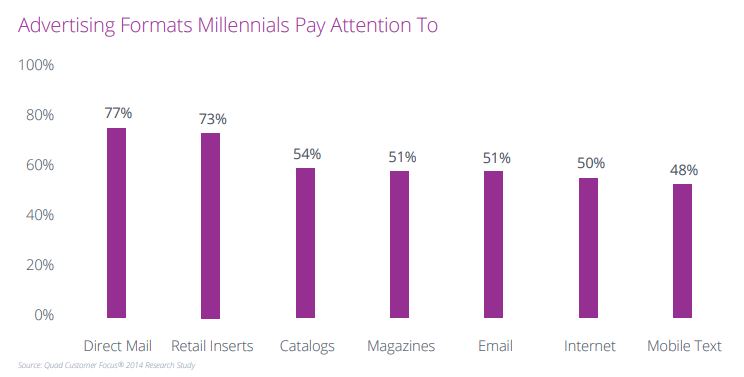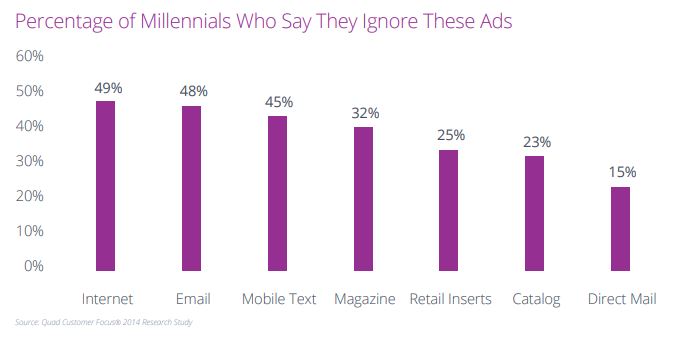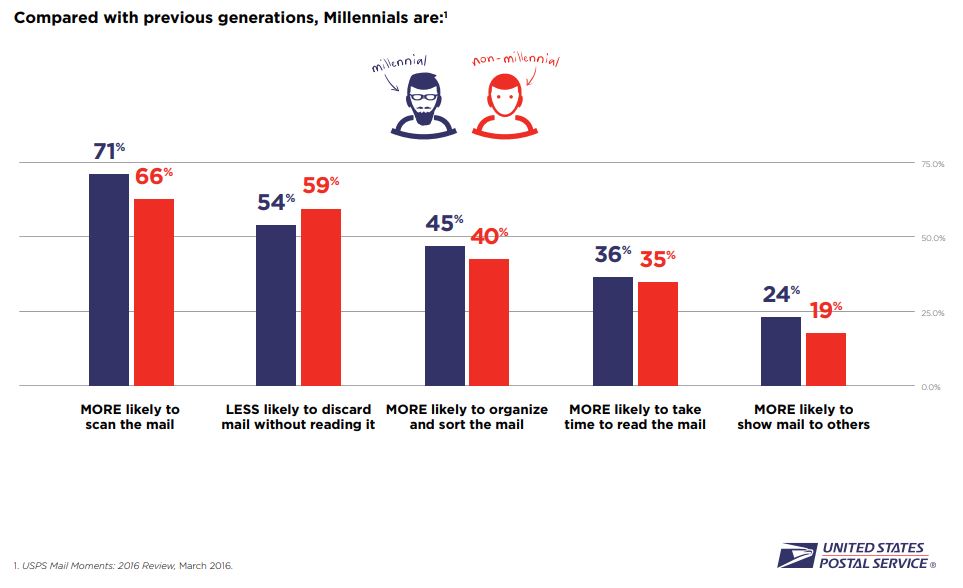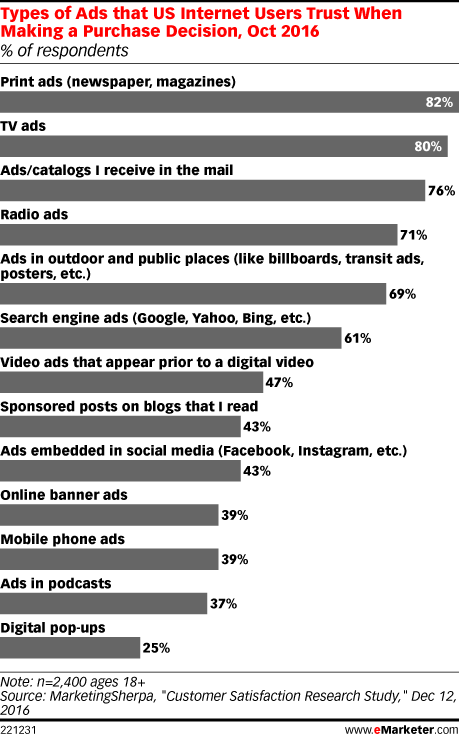Are Your Meetings Worth Attending?
When asking employees what makes a meeting worth attending, 62% said “clear,” “specific,” “defined,” and “concrete” information should be given.
This may sound like basic information, but many bosses hold meetings that are contrary to these terms. So how can you ensure you’re not making this mistake?
Here are 10 tips to keep your meetings effective and productive.
10 Tips to Make Your Meetings More Effective
1. Determine why you are having the meeting.
Try to pinpoint exactly why you are holding a meeting for these particular people.
Start by identifying the purpose and desired outcomes of the meeting, then include it in both the meeting invitation and the meeting agenda.
2. Determine the appropriate attendees.
You won’t hurt anyone’s feelings if they aren’t invited to the meeting.
In fact, people don’t want to waste their time if they aren’t the appropriate people to handle the topic of the meeting. Only invite people who can implement the changes you seek or offer advice on the appropriate department.
3. Create an effective agenda.
Type up the agenda, and list the topics and the presenters. Also, include start and end times so that the meeting doesn’t go off-topic.
Send out the agenda before the meeting so that everyone is ready to contribute.
4. Vary the presenters.
By including different presenters, you will stir up more interest and invite others to engage.
Having different views and topics by different people is much more engaging, and it may provoke others to share their insights as well.
5. Take breaks.
This is the best way to keep people off their phones. A break is the best time to check their emails and texts, get a drink, and use the restroom.
6. Pass out handouts at the beginning.
Be prepared for all participants.
Don’t expect they will bring their agendas; have enough for everyone in attendance. Place the handouts at each spot around the table to minimize the shuffling of papers.
7. Don’t recap for latecomers.
This wastes time for all who arrived on time.
No matter the reason, don’t recap during the meeting. Latecomers can catch up by reading the agenda and talking to others during the break.
8. Cover the most important topic first.
Then list the next important topic, and so forth.
This gets right down to business. It’s like reading a newspaper article, in which the most important information is given right away, and then the subsequent information is disseminated.
9. Try to hear from everyone.
If it’s a small enough group, allow for input from each person. Give time to ask relevant questions and hear them out.
10. Assign jobs prior to the meeting.
Have someone take notes, which involves mainly writing down the main talking points and actions that were brought up.
Have a timekeeper who can kindly keep everyone on task. Have a director who introduces each speaker. This keeps the meeting organized and effective.
These tips should help you review your meeting process and possibly improve it a little if needed. Getting the most out of your meetings will ensure more success for you personally and for your business.
Our goal is to help you be successful as well. Our printing firm knows your time is valuable, and we are here to help you streamline your business. We will get right to the point, create an action plan and get your printing done on time so you will continue to be successful.
Contact us today to get started! 516-561-1468 or FOR MORE INFORMATION ON ANY OF OUR MARKETING PRODUCTS GO TO: www.printcafeli.com



















